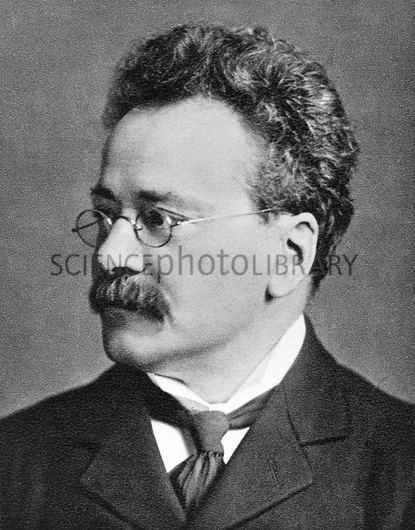Nationality British Died August 4, 1920 | Role Engineer Name John Perry | |
 | ||
Parents Samuel Perry, Samuel Augustus Perry Books Calculus for engineers, Elementary practical mathematics, Spinning Tops and Gyroscop, Applied Mechanics: A Treatis, England's Neglect of Science | ||
Engineering discipline Mechanical Engineering | ||
John perry f schubert impromptu no 4 op 90 ff studio
John Perry (14 February 1850 – 4 August 1920) was a pioneering engineer and mathematician from Ireland.
Contents
- John perry f schubert impromptu no 4 op 90 ff studio
- John perry live from usc beethoven appasionata
- Life
- Challenging Lord Kelvin
- References
John perry live from usc beethoven appasionata
Life
He was born on 14 February 1850 at Garvagh, County Londonderry, the second son of Samuel Perry and a Scottish-born wife.
Perry worked as Lord Kelvin's assistant at the University of Glasgow, and later became professor of mechanical engineering at Finsbury Technical College. He was a colleague of William Edward Ayrton and John Milne at the Imperial College of Engineering in Tokyo, 1875–79, and was also a Fellow of the Royal Society. In 1900 he was elected president of the Institution of Electrical Engineers, and from 1906–08 served as president of the Physical Society of London.
Perry was a great admirer of his employer, Lord Kelvin. In the printing of his 1890 lecture on spinning tops, Perry inscribed the following acknowledgement: "This report of an experimental lecture is inscribed to Sir William Thomson, by his affectionate pupil, the lecturer, who hereby takes a convenient method of acknowledging the real author of whatever is worth publication in the following pages." The book was later reprinted by Dover Publications in 1957 as Spinning Tops and Gyroscopic Motions.
Perry received an honorary doctorate (LL.D) from the University of Glasgow in June 1901.
Challenging Lord Kelvin
In 1895, Perry published a paper challenging Kelvin's assumption of low thermal conductivity inside the Earth, and thus disputing Kelvin's estimate that the Earth was only 20–400 million years old, but this had little impact. It was not until the discovery in 1903 that radioactive decay releases heat and the development a few years later of radiometric dating of rocks that it was accepted that the age of the earth was many times older, as Perry had argued. Perry's reasoning held that if the interior of the Earth was fluid, or partly fluid, it would transfer heat much more effectively than the conductivity which Kelvin assumed, and he stated that "much internal fluidity would practically mean infinite conductivity for our purpose."
Kelvin rejected this idea as there was no evidence of tidal deformation of the Earth's crust, and in response Perry made a reference to Kelvin's favourite demonstration of the slow deformation of shoemaker's wax to illustrate the supposed qualities of the presumed luminiferous aether thought then to be necessary to transmit light through space. Perry wrote that "the real basis of your calculation is your assumption that the solid earth cannot alter its shape ... even in 1000 million years, under the action of forces constantly tending to alter its shape, and yet we see the gradual closing up of passages in a mine, and we know that wrinkling and faults and other changes of shape are always going on in the earth under the action of long-continued forces. I know that solid rock is not like cobbler's wax, but 109 years is a long time, and the forces are great."
The failure of the scientific community to accept a fluid interior to the Earth held back ideas in geology until the concept was revived by proponents of continental drift, and even in the 1960s geophysical models were still being constructed on the basis that the Earth was solid.
